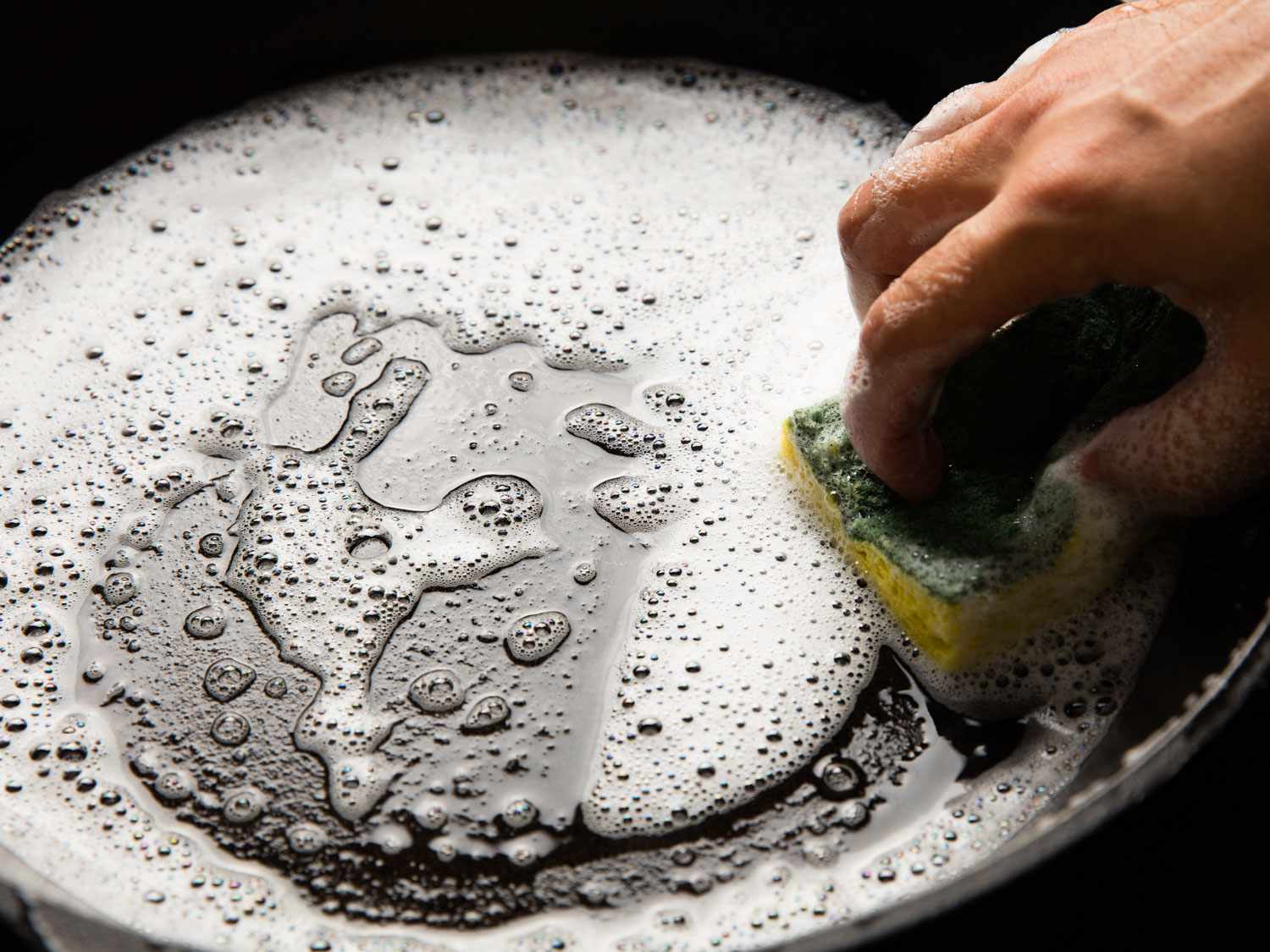The world of metallurgy can be quite fascinating, especially when it comes to distinguishing between different types of metals. One common question that pops up for both professionals and hobbyists alike is how to tell cast iron from steel. While both materials have their unique properties and uses, being able to accurately differentiate them is crucial. In this article, we will delve deep into this topic, providing you with all the important tips, modern technology, and tremendous help you need to make an informed decision.

Introduction
Understanding the differences between cast iron and steel is essential, whether you’re working in construction, manufacturing, or even cooking. These two metals may look somewhat similar but have distinct properties that make them suitable for different applications. Lets first understand what each of these metals is composed of to set the context.

The Basics of Cast Iron
What Exactly is Cast Iron?
Cast iron is a type of iron-carbon alloy with a carbon content of more than 2%. This allows it to be easily cast into molds. The high carbon content also makes it quite brittle but excellent at absorbing heat.
Types of Cast Iron
- Gray Cast Iron
- White Cast Iron
- Ductile Cast Iron

The Basics of Steel
What Exactly is Steel?
Steel is another iron-carbon alloy, but with a carbon content usually less than 2%. The lower carbon content makes it stronger and more malleable.

Key Differences Between Cast Iron and Steel
Visual Appearance
One of the simplest ways to distinguish between cast iron and steel is their appearance. Cast iron typically has a rough, grainy texture, while steel appears smoother and shinier.
Weight and Density
Another noticeable difference is the weight. Cast iron is generally heavier than steel
Magnetic Properties
Both materials are magnetic, but the strength of their magnetic properties can vary. A simple test with a magnet can sometimes help, although it’s not always definitive.
Chemical and Mechanical Properties
Carbon Content
The key distinguishing factor chemically is their carbon content. Cast iron has a higher carbon content compared to steel, which makes it more brittle.
Strength and Malleability
Steel is much more malleable and ductile compared to cast iron, which tends to be brittle and can crack under stress.
Heat Conduction
Cast iron is known for its excellent heat retention, making it ideal for cooking pots and pans. Steel, on the other hand, heats up quickly but doesn’t retain heat as well.
Practical Tests to Differentiate Cast Iron from Steel
Appearance and Texture
As mentioned earlier, a quick visual inspection can often help you tell the difference between these two materials. Cast iron will generally have a rougher appearance.
Weight Test
Pick up the object and feel its weight. If it feels heavier than what you would expect, it is likely cast iron.
Spark Test
Using a grinder, you can conduct a spark test. Steel tends to produce longer spark trails compared to cast iron.
Modern Technology for Identification
Laser-induced Breakdown Spectroscopy (LIBS)
This modern technology uses laser pulses to analyze the composition of materials. While it’s an expensive method, it’s highly accurate.
X-ray Fluorescence (XRF)
XRF is another effective method for identifying different metals. It uses X-rays to determine the elemental composition.
Applications and Uses
Uses of Cast Iron
- Cooking pots and pans
- Pipes and automotive parts
- Construction materials
Uses of Steel
- Construction beams and frameworks
- Automotive bodies and parts
- Tools and machinery
Common Myths and Misconceptions
There are many myths surrounding the use of cast iron and steel. One common misconception is that cast iron is always better for cooking, while steel is more durable. The reality is that both materials have their advantages and disadvantages depending on the application.
Environmental Considerations
Recycling is an important aspect of any material usage. Both cast iron and steel are highly recyclable, making them both environmentally friendly choices when used responsibly.
Maintaining and Caring for Cast Iron and Steel
Caring for Cast Iron
Seasoning is key when it comes to maintaining cast iron. Regular seasoning helps to retain its non-stick properties and prolong its lifespan.
For more detailed seasoning tips, you can refer to this guide on seasoning cast iron.
Caring for Steel
Steel, on the other hand, is less demanding but requires regular cleaning to prevent rust and corrosion.
Tools You May Need
For conducting your own tests to differentiate between cast iron and steel, you might need some basic tools like magnets, grinders, and possibly a handheld XRF device.
Expert Opinions
Consulting experts in metallurgy can provide additional insights and help you make a more informed decision. Many professionals rely on modern technology to distinguish between these metals, but traditional methods also hold value.
Conclusion
Understanding how to tell cast iron from steel can save time and resources, whether you’re a professional in the field or someone who loves working with metals as a hobby. By examining their visual appearance, weight, and conducting some simple tests, you can determine which material you’re dealing with. If you’re still uncertain, modern technological methods can provide highly accurate results. Whatever your need may be, knowing these differences will help you make better, more informed choices.
Related Articles
For more insights on cast iron and steel, you might find these articles helpful:
FAQs
Can I Use a Magnet to Tell the Difference Between Cast Iron and Steel?
Yes, both materials are magnetic, but the strength can vary. While its a useful test, it may not always be definitive.
Is Cast Iron Always Heavier Than Steel?
Generally, yes. Cast iron tends to be denser and heavier than steel, making weight another useful criterion.
Are Modern Methods Like XRF and LIBS Worth the Investment?
If you frequently need to identify metals accurately, investing in modern methods like XRF and LIBS can be worthwhile for their precision.
As an Amazon Associate, I earn from qualifying purchases.

